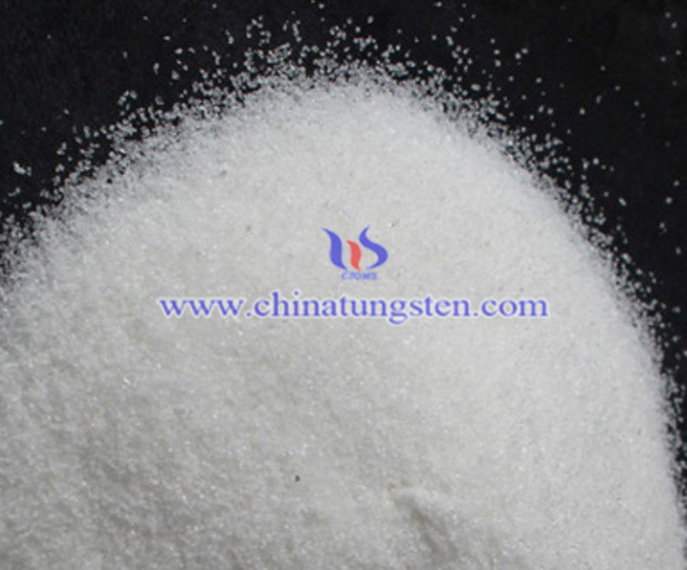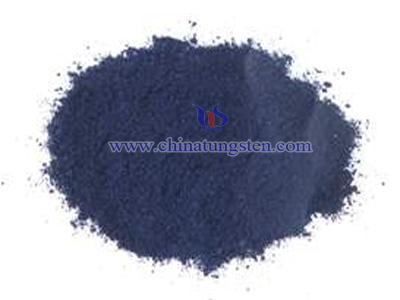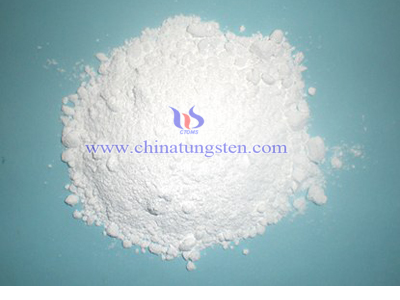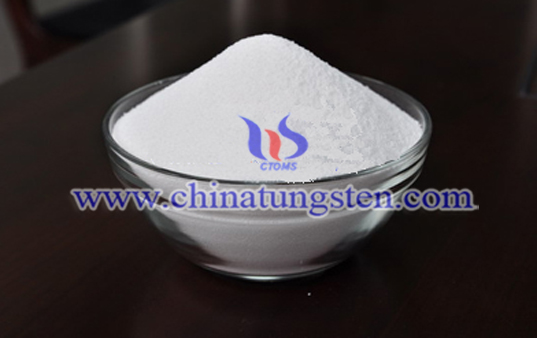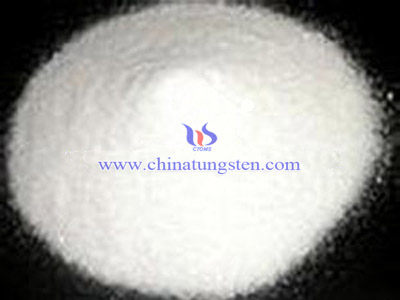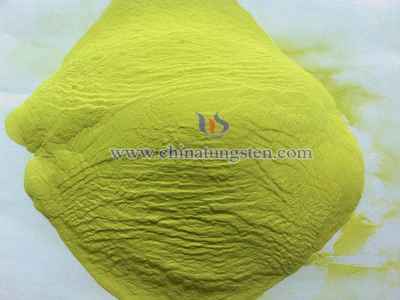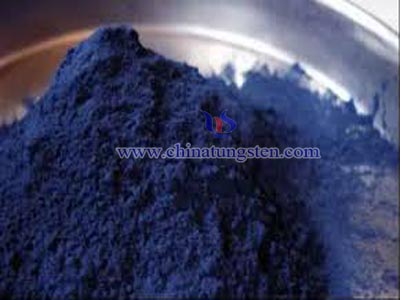Ammonium Metatungstate in Electrochemical Materials
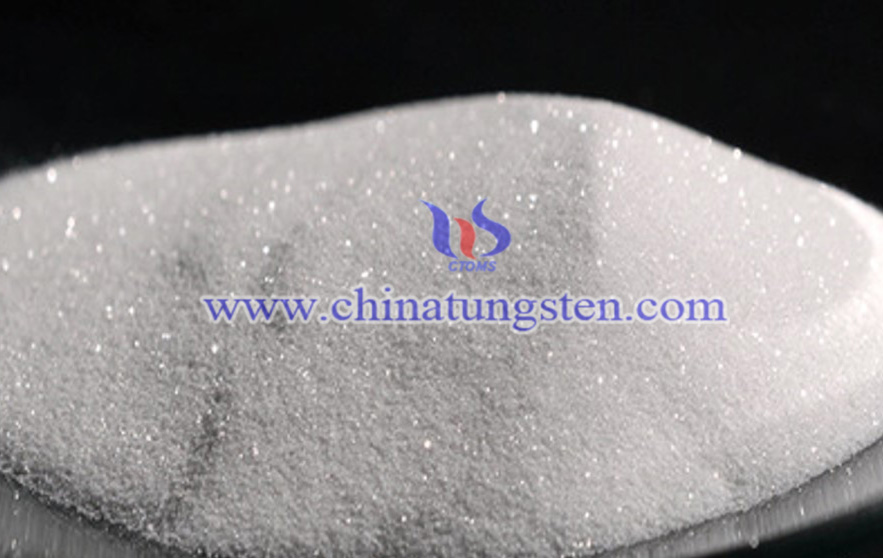
Ammonium metatungstate (AMT), with the chemical formula (NH₄)₆H₂W₁₂O₄₀·xH₂O, is a highly soluble tungsten compound that serves as an ideal precursor in the field of electrochemical materials due to its excellent chemical stability and controllable decomposition properties. The AMT produced by CTIA GROUP LTD boasts a purity of up to 99.95% and a WO₃ content of ≥91.0%, providing a reliable foundation for high-performance electrochemical materials.
In the field of electrochemical materials, AMT is primarily applied in the following areas:
Firstly, AMT can be used to prepare tungsten oxide (WO₃) nanomaterials via hydrothermal or sol-gel methods for use in supercapacitor electrodes. WO₃ exhibits a high specific capacitance (400-600 F/g) and excellent cycling stability, meeting the demands of high-energy-density energy storage devices.
Secondly, AMT is a key raw material for electrochromic materials, enabling the preparation of WO₃ thin films for applications in electrochromic devices such as smart windows. Its bandgap (2.6-3.0 eV) provides excellent optical modulation capabilities in the visible and near-infrared ranges.
Additionally, AMT can be utilized in the field of fuel cells by preparing tungsten-based catalysts to partially replace precious metals (e.g., platinum), achieving cost reduction and high catalytic activity in proton exchange membrane fuel cells (PEMFCs).
The technical advantages of AMT in electrochemical materials are significant. Its high water solubility (303.9 g/100 g H₂O at 20°C) facilitates the preparation of nanomaterials via solution methods; its thermal decomposition property (decomposing into WO₃ above 300°C) allows easy conversion into functional oxides; and its high purity and low impurity content (Fe ≤0.002%, Mo ≤0.003%) ensure the stability of electrochemical performance.

